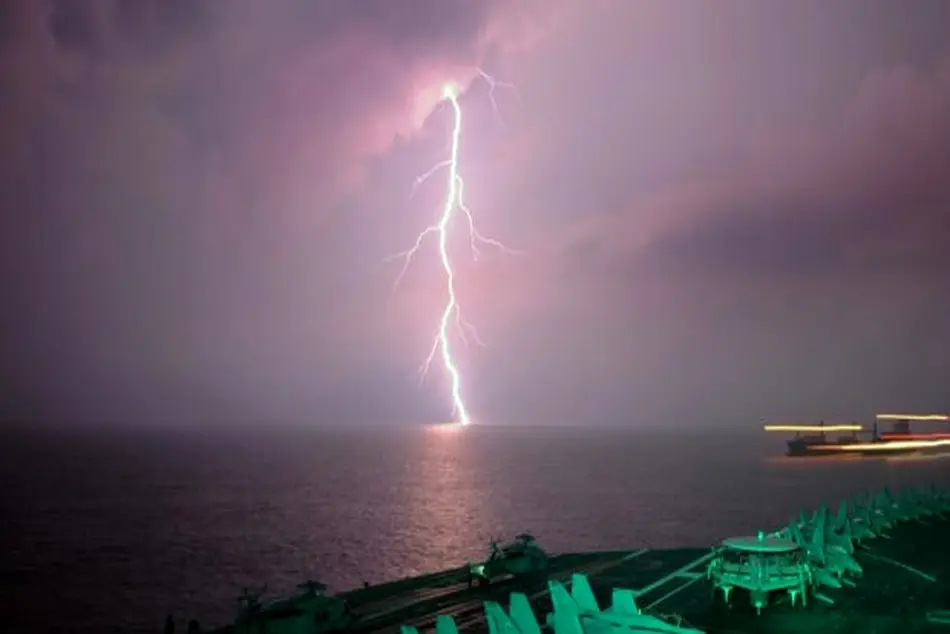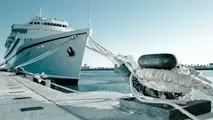Ship exhaust makes thunderstorms more intense, study says

Thunderstorms directly above two of the world’s busiest shipping lanes are significantly more powerful than storms in areas of the ocean where ships don’t travel, according to new University of Washington research.
A new study mapping lightning around the globe, published in Geophysical Research Letters, finds lightning strokes occur nearly twice as often directly above heavily-trafficked shipping lanes in the Indian Ocean and the South China Sea than they do in areas of the ocean adjacent to shipping lanes that have similar climates.
The difference in lightning activity can’t be explained by changes in the weather, according to the study’s authors, who conclude that aerosol particles emitted in ship exhaust are changing how storm clouds form over the ocean and make cloud droplets smaller, lifting them higher in the atmosphere. This creates more ice particles and leads to more lightning.
“It’s one of the clearest examples of how humans are actually changing the intensity of storm processes on Earth through the emission of particulates from combustion,” said lead author Joel Thornton, a UW professor of atmospheric sciences.
As explained, all combustion engines emit exhaust, which contains microscopic particles of soot and compounds of nitrogen and sulfur. These particles, known as aerosols, form the smog and haze typical of large cities. They also act as cloud condensation nuclei – the seeds on which clouds form. Water vapor condenses around aerosols in the atmosphere, creating droplets that make up clouds.
Analyzing the locations of 1.5 billion lightning strokes from 2005 to 2016, the researchers team found nearly twice as many lightning strokes on average over major routes ships take across the northern Indian Ocean, through the Strait of Malacca and into the South China Sea, compared to adjacent areas of the ocean that have similar climates.
Water molecules need aerosols to condense into clouds. Where the atmosphere has few aerosol particles – over the ocean, for instance – water molecules have fewer particles to condense around, so cloud droplets are large. Ships burn dirtier fuels in the open ocean away from port, spewing more aerosols and creating even more lightning, Dr Thornton explained.



